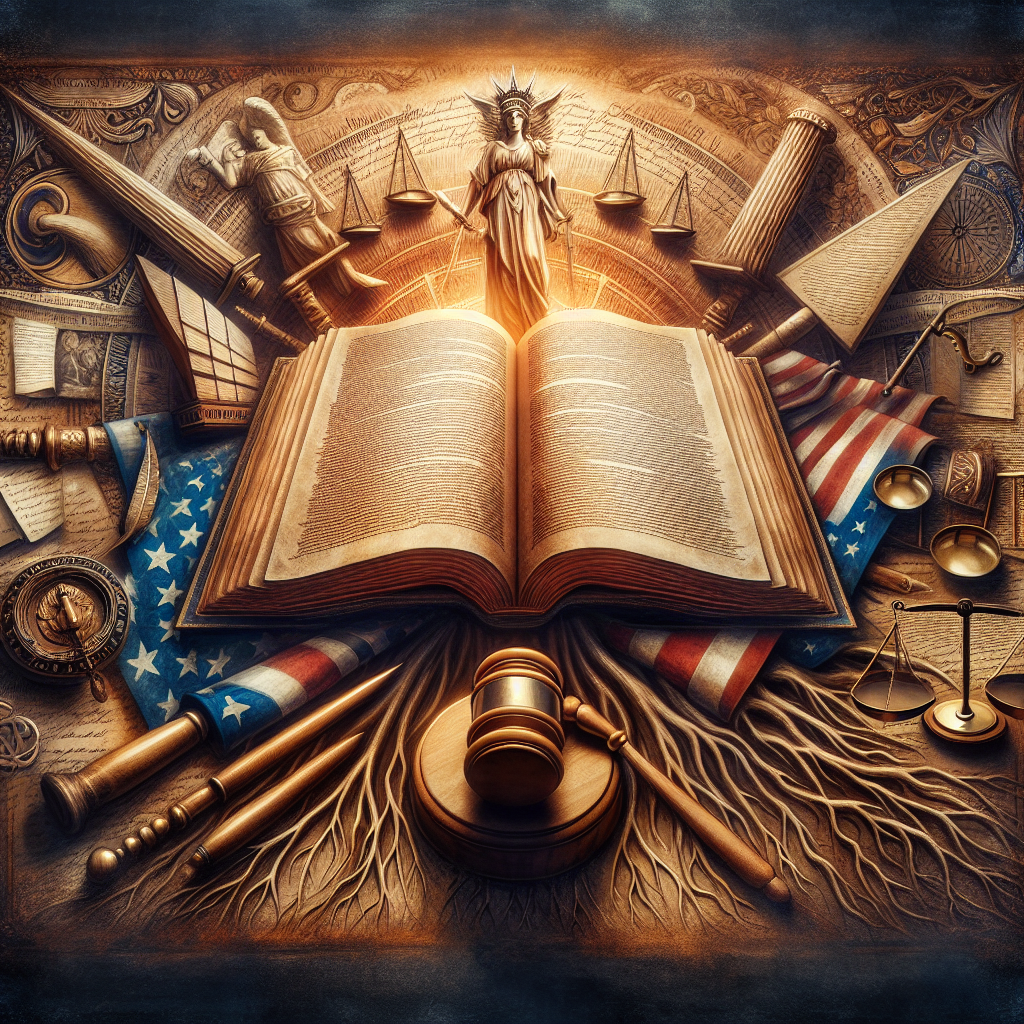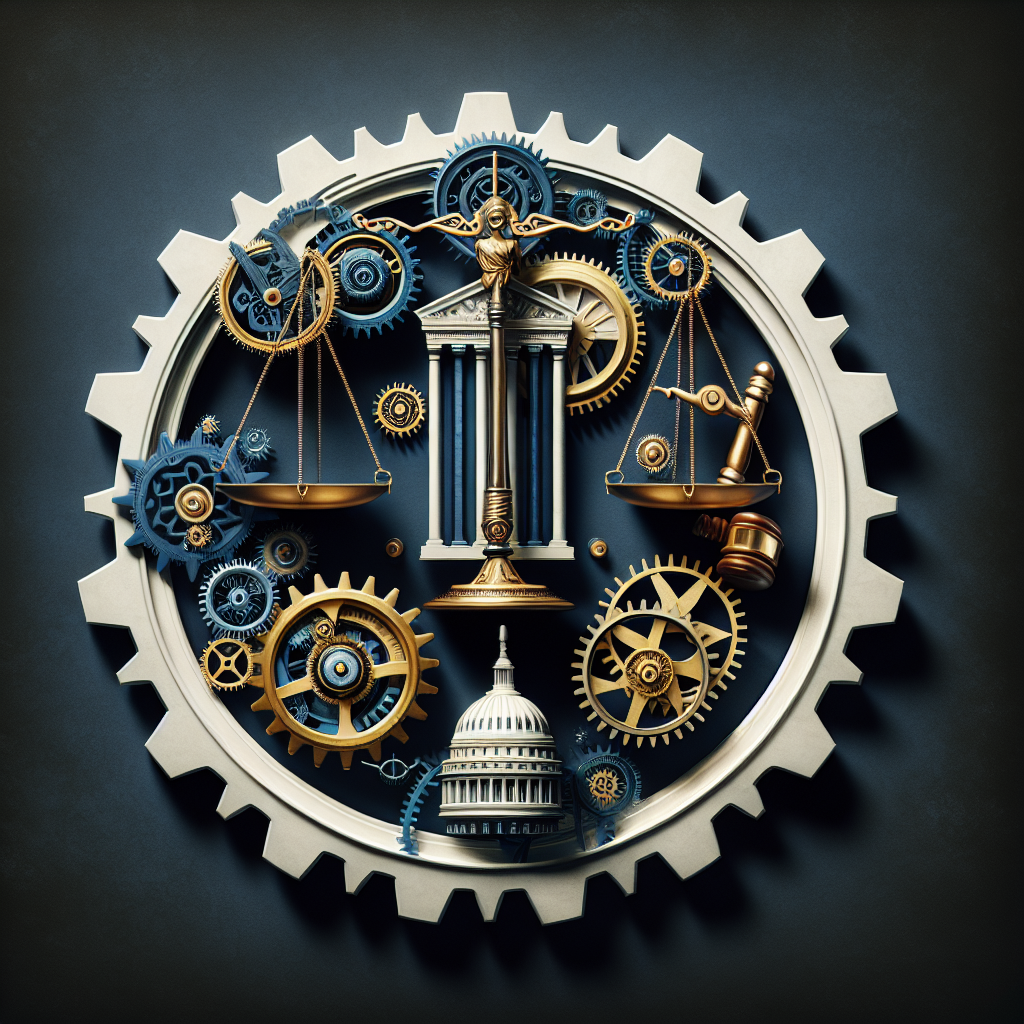Understanding the American Government: A Beginner’s Guide
Diving into the complexities of the American government can feel like an overwhelming task for beginners. With its roots deep in history and its branches extending into every aspect of citizens’ lives, understanding how it functions is crucial. This guide aims to demystify the American government, making it accessible and engaging for anyone eager to learn.
The Foundation of American Government
The American government is built on the principles of democracy and federalism. It stems from the Constitution, which sets out the nation’s fundamental laws and the rights of its citizens. Think of the Constitution as the rule book for how the government operates. It was drafted in 1787 and has been the guiding document ever since, albeit with 27 amendments that have adapted it to modern times.

The Three Branches of Government
At the heart of the American government lies the principle of separation of powers, which divides the government into three branches: Legislative, Executive, and Judicial. This system ensures a balance of power and prevents any one branch from becoming too powerful.

Legislative Branch
The Legislative Branch, also known as Congress, is responsible for making laws. It is bicameral, consisting of the Senate and the House of Representatives. The Senate has 100 members, two from each state, serving six-year terms. The House of Representatives has 435 members, with representation based on each state’s population, serving two-year terms. This structure ensures both equal and proportional representation of the states.
Executive Branch
The Executive Branch is headed by the President, who is both the head of state and government. The President’s duties include enforcing laws, acting as the Commander-in-Chief of the Armed Forces, and conducting foreign policy. The Vice President and the Cabinet, a group of advisors, support the President in these duties. The President is elected to a four-year term and can serve a maximum of two terms.
Judicial Branch
The Judicial Branch interprets laws and their constitutionality. It is headed by the Supreme Court, which consists of nine Justices appointed for life. This branch ensures that laws align with the Constitution, protecting citizens’ rights against potential overreach by the other branches.
The System of Checks and Balances
One of the most innovative aspects of the American government is its system of checks and balances. Each branch has certain powers that can influence the other branches. For example, the President can veto legislation passed by Congress, the Senate confirms judicial appointments, and the Supreme Court can declare acts of Congress unconstitutional. This system is designed to maintain equilibrium and prevent abuse of power.
The Role of State and Local Governments
While the federal government holds significant power, state and local governments play crucial roles too. Each state has its own constitution, legislative body, and executive led by a governor. Local governments handle community needs like policing, schooling, and infrastructure. This layered system allows for governance that is closer to the citizens, addressing specific regional needs.
Engaging with the Government
Understanding is just the first step; active engagement is where citizens can make a difference. Voting is a primary avenue for participation. Citizens can also attend town hall meetings, contact their representatives, and stay informed about local and national issues. Active involvement ensures that the government remains truly representative and accountable.
Why Understanding the Government Matters
A well-informed citizenry is the backbone of a functional democracy. Understanding the American government empowers individuals to make informed decisions, advocate for change, and contribute to the nation’s democratic ideals. Whether you’re a student, a new citizen, or simply someone curious about governance, knowledge is your most powerful tool.
Conclusion
Embarking on the journey to understand the American government can be enlightening and empowering. By recognizing the structure, functions, and principles that guide it, you become not just a spectator, but an active participant in the democratic process. Remember, democracy thrives when individuals are informed and engaged.
FAQs
Q: What is the main purpose of the Constitution?
A: The Constitution sets out the nation’s fundamental laws, structures the government, and protects individual rights. It serves as the supreme law of the United States.
Q: How does the system of checks and balances work?
A: The system of checks and balances ensures that no single branch of government becomes too powerful. Each branch has specific powers to check and influence the actions of the others, maintaining a balance of power.
Q: Why are there two houses in Congress?
A: The bicameral structure of Congress, with the Senate and the House of Representatives, ensures both equal representation for states (Senate) and representation based on population (House), balancing the interests of small and large states.
Q: How can I engage with the government?
A: You can engage by voting in elections, contacting your representatives, attending town hall meetings, staying informed about policies, and participating in public discussions. Active civic engagement is crucial for a thriving democracy.






Leave a Reply
You must be logged in to post a comment.